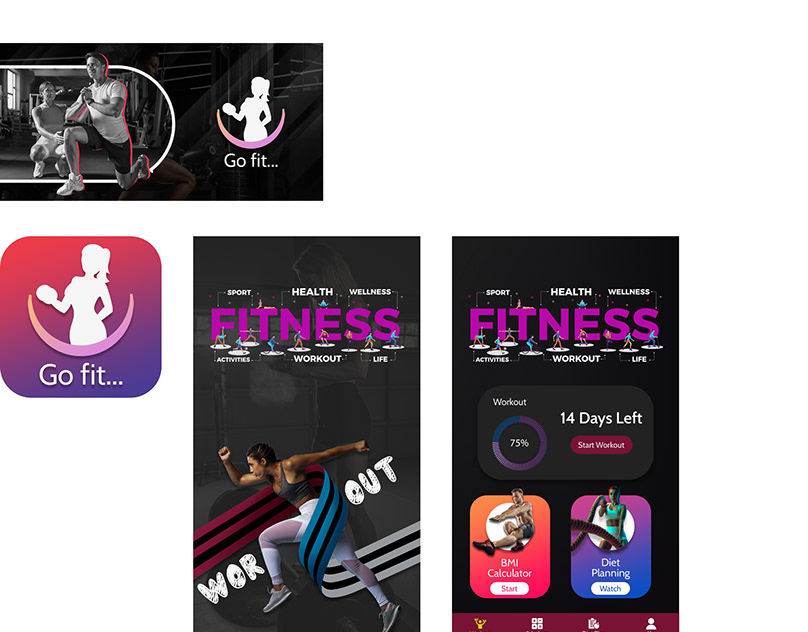A graphic work refers to any visual artwork or design created using various graphic elements such as lines, shapes, colors, textures, and typography. Graphic works can encompass a wide range of mediums, including digital art, illustrations, posters, logos, infographics, advertisements, and more. These creations can be both two-dimensional (2D) and three-dimensional (3D) and are often used for various purposes, such as communication, advertising, branding, and artistic expression.
Key characteristics of graphic work:
1. Visual Appeal: Graphic works aim to captivate and engage the viewer through their aesthetic appeal. The use of color schemes, composition, and artistic techniques all contribute to the overall visual impact of the artwork.
2. Communication: A central aspect of graphic work is its ability to convey a message or information effectively. It often involves combining images with text to communicate ideas, promote products or services, or tell a story.
3. Creativity: Graphic artists use their imagination and artistic skills to create visually compelling and innovative designs. They experiment with various styles, techniques, and tools to bring their ideas to life.
4. Versatility: Graphic work can be applied to a wide range of media, including print, digital platforms, signage, packaging, and more. This versatility allows graphic artists to cater to different audiences and adapt their work to various contexts.
5. Branding and Identity: Logos and brand elements are examples of graphic work used to represent companies and organizations. These designs play a crucial role in establishing brand identity and recognition.
6. Information Visualization: In the context of infographics and data visualization, graphic work is used to present complex information in a visually appealing and easily understandable manner.
7. Digital Tools: With the advancement of technology, many graphic works are created using digital software like Adobe Illustrator, Adobe Photoshop, CorelDRAW, or other specialized tools. These programs offer a wide array of features that enhance the creative process and enable precise detailing.
8. Artistic Expression: Beyond commercial and informational purposes, graphic work also serves as a means of artistic expression. Graphic artists often explore their emotions, thoughts, and perspectives through their creations, making unique and thought-provoking pieces.
In summary, graphic work is a diverse and dynamic form of visual expression that combines artistic skills, creativity, and effective communication to create visually appealing designs used for various purposes, from commercial branding to artistic exploration.














